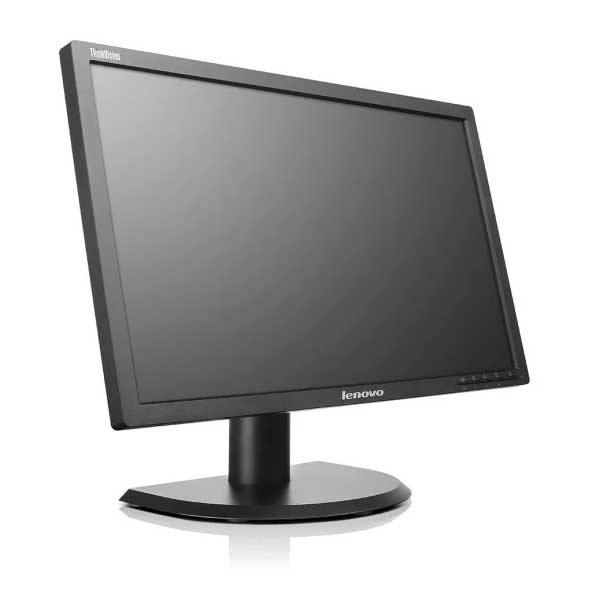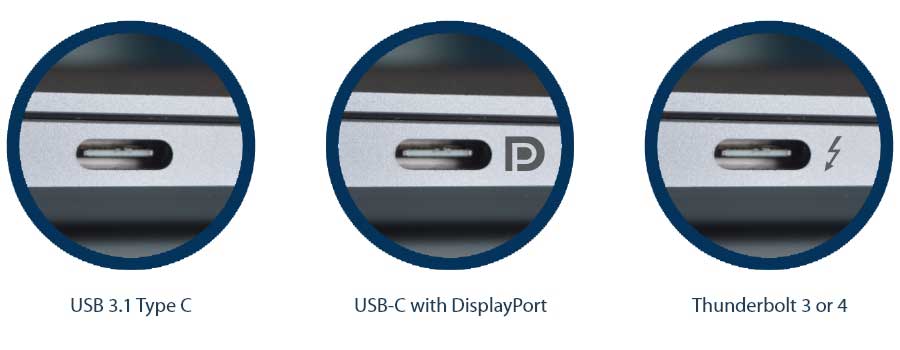Tech-Info
Understanding USB 3.1 / DisplayPort Alt Mode vs. Thunderbolt: A Comprehensive Guide
In the ever-evolving landscape of technology, connectivity standards like USB 3.1, DisplayPort Alt Mode, and Thunderbolt play a pivotal role in how we interact with our devices. Whether you’re connecting a laptop to an external monitor, transferring large files, or charging your devices, these technologies are at the heart of it all. But what exactly differentiates them, and how do they impact your user experience? Let’s dive into the specifics to demystify these connectivity standards.
USB 3.1: The Versatile Workhorse
USB 3.1, also known as SuperSpeed USB 10Gbps, is an upgrade over the previous USB 3.0 standard. It boasts faster data transfer rates and improved power delivery, making it a versatile choice for a wide range of applications.
- Speed: USB 3.1 can transfer data at speeds up to 10 Gbps, doubling the bandwidth of USB 3.0. This means quicker file transfers and smoother performance for peripherals like external hard drives and SSDs.
- Power Delivery: With USB Power Delivery (PD), USB 3.1 can deliver up to 100W of power. This allows for faster charging of laptops, tablets, and smartphones, and even the ability to power larger devices.
- Compatibility: USB 3.1 is backward compatible with previous USB standards, ensuring that your older devices can still connect seamlessly.
However, USB 3.1 primarily focuses on data transfer and power delivery. To transmit video signals, it often relies on an additional feature, which brings us to DisplayPort Alt Mode.
DisplayPort Alt Mode: Video Over USB-C
DisplayPort Alt Mode is a specification that allows DisplayPort video signals to be transmitted over a USB-C connection. This capability is crucial for devices that need to output video to external displays without using a separate video output port.
- Seamless Integration: By leveraging USB-C’s versatility, DisplayPort Alt Mode enables video output from devices like laptops and smartphones directly through the same port used for charging and data transfer.
- High-Quality Video: DisplayPort Alt Mode supports resolutions up to 8K and high refresh rates, providing excellent video quality for gaming, video editing, and professional applications.
- Multi-Monitor Support: It can also support multiple monitors through daisy-chaining, enhancing productivity setups without requiring multiple cables or adapters.
This makes DisplayPort Alt Mode particularly valuable for modern ultrabooks and smartphones, where space for ports is limited, and streamlined connectivity is essential.
Thunderbolt: The Ultimate All-in-One Connection
Thunderbolt, developed by Intel in collaboration with Apple, represents the pinnacle of connectivity solutions, combining the best features of USB and DisplayPort with additional capabilities.
- Blazing Speed: Thunderbolt 3 and 4 offer data transfer speeds up to 40 Gbps, far surpassing USB 3.1. This makes it ideal for tasks that require moving large amounts of data quickly, such as video editing and backing up massive files.
- Versatile Connectivity: Thunderbolt supports data, video, and power through a single connection. It can drive two 4K displays simultaneously or a single 8K display while providing up to 100W of power to charge your devices.
- Daisy-Chaining: With the ability to daisy-chain up to six devices, Thunderbolt reduces cable clutter and simplifies the connection of multiple peripherals.
- Compatibility and Expansion: Thunderbolt 3 and 4 use the USB-C connector, making them compatible with USB devices. They also support PCI Express (PCIe), allowing for the use of high-speed peripherals like external graphics cards (eGPUs).
This all-in-one capability makes Thunderbolt an excellent choice for high-performance setups, from professional workstations to gaming rigs.
Choosing the Right Connection for Your Needs
When deciding between USB 3.1, DisplayPort Alt Mode, and Thunderbolt, consider your specific requirements:
- For General Use: USB 3.1 is sufficient for everyday tasks like connecting peripherals, transferring files, and charging devices.
- For Video Output: If you need to connect to an external monitor or multiple displays, look for devices with DisplayPort Alt Mode support.
- For High Performance: For the fastest data transfer, support for multiple high-resolution displays, and the ability to connect powerful peripherals, Thunderbolt is the go-to choice.
Understanding these technologies and their capabilities ensures you can make informed decisions about your device connections, enhancing your overall digital experience. Whether you’re setting up a home office, building a gaming setup, or just looking for faster and more versatile connectivity, knowing the differences between USB 3.1, DisplayPort Alt Mode, and Thunderbolt will help you get the most out of your devices.













